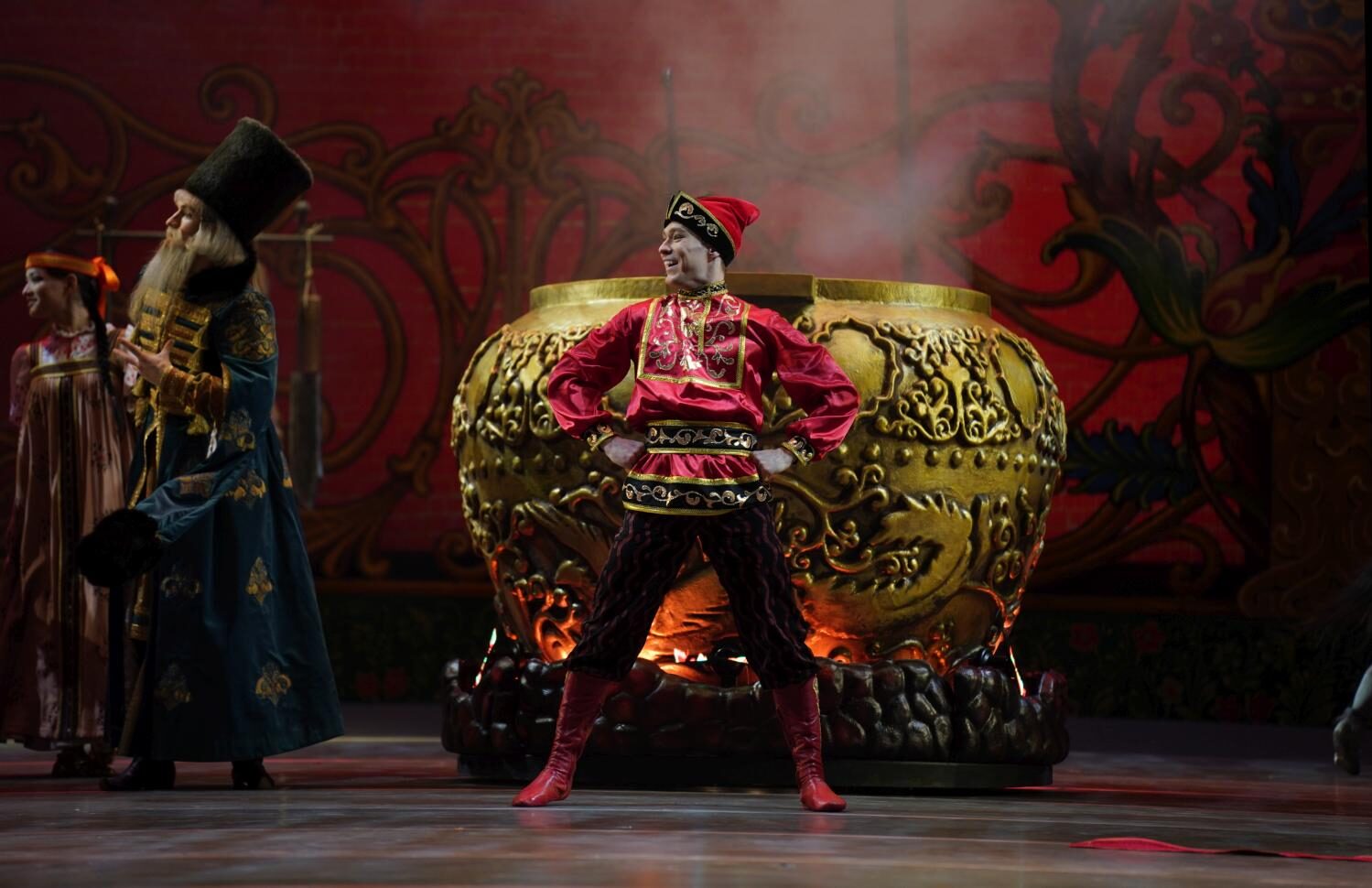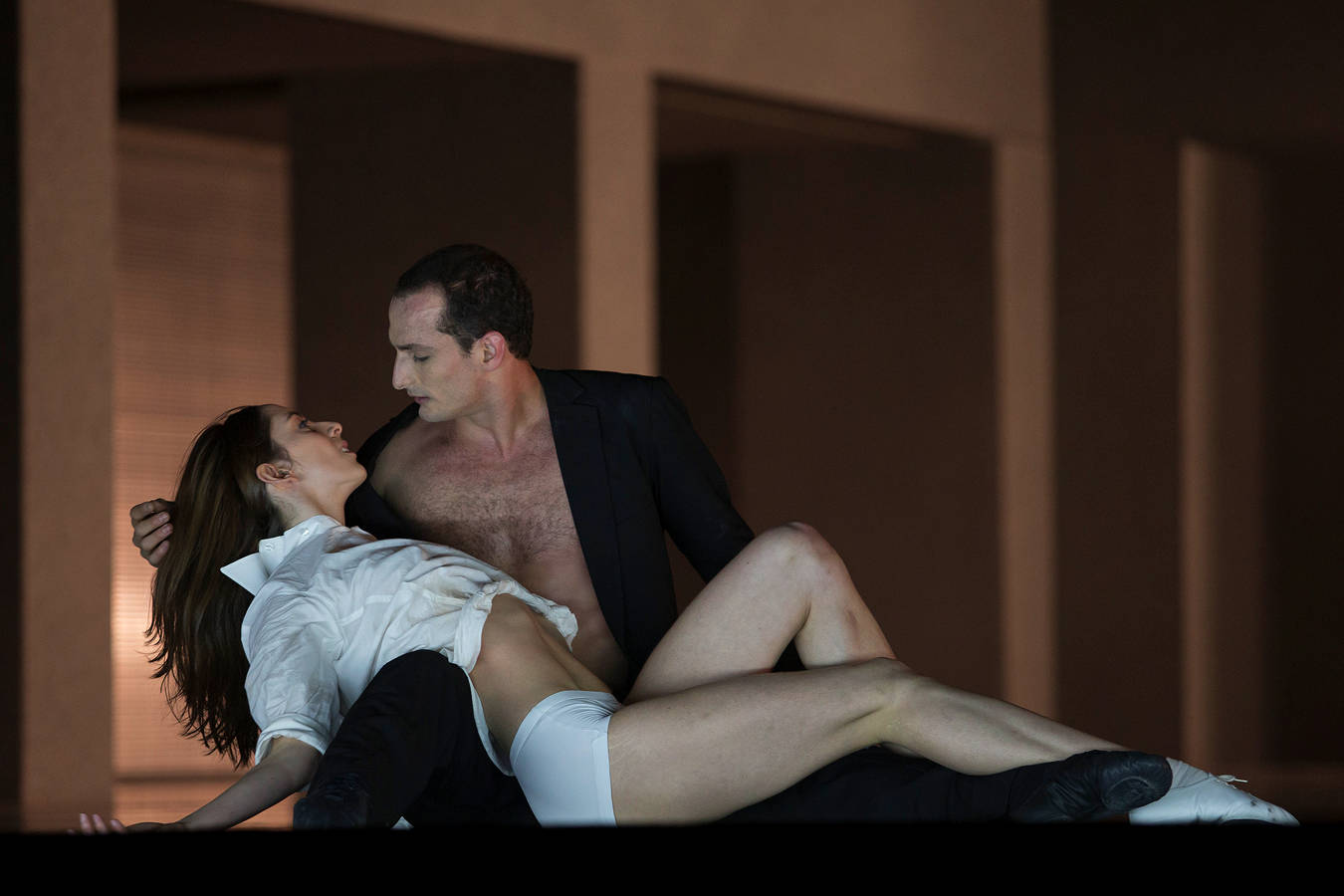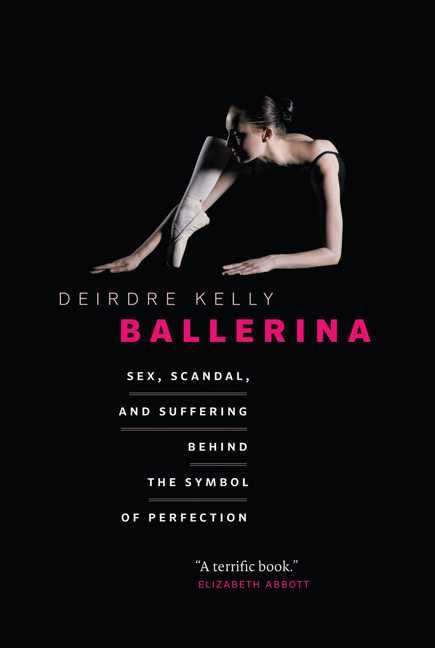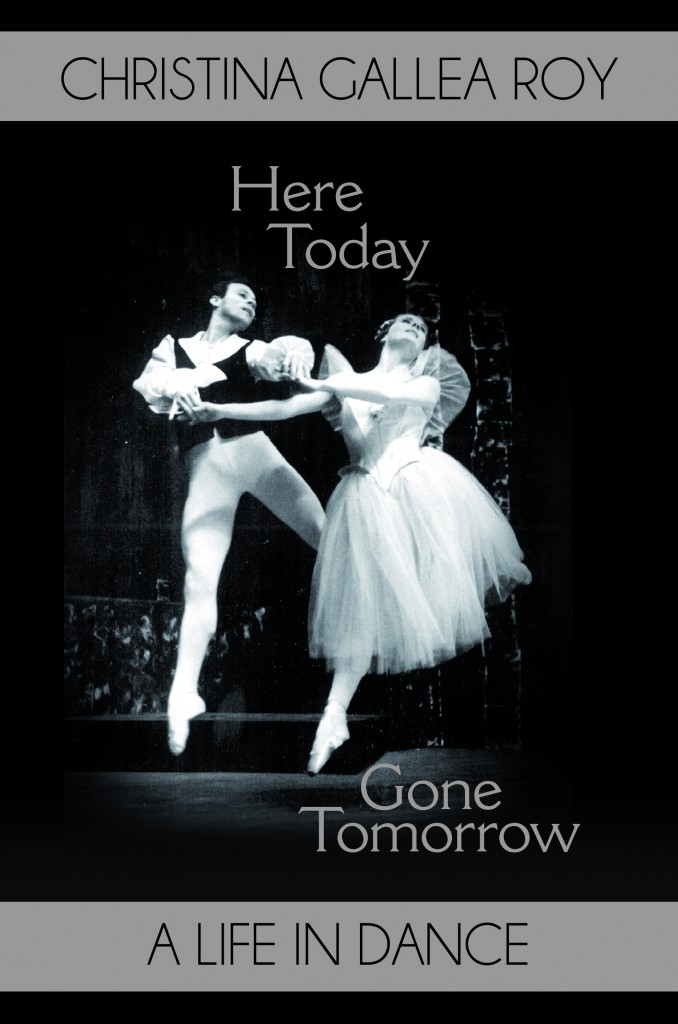Between this World and the Afterworld
“Giselle”
Stuttgart Ballet
Stuttgart State Opera
Stuttgart, Germany
March 21, 2014
by Ilona Landgraf
Copyright © 2014 by Ilona Landgraf
 The revival of “Giselle” in Stuttgart generated a buoyant atmosphere in the Opera House. Though it’s only four years since Albrecht last double dealt here in affairs of the heart, the return of this archetypical romantic ballet had, it seemed, been waited for with anticipation.
The revival of “Giselle” in Stuttgart generated a buoyant atmosphere in the Opera House. Though it’s only four years since Albrecht last double dealt here in affairs of the heart, the return of this archetypical romantic ballet had, it seemed, been waited for with anticipation.
Stuttgart Ballet’s tradition with “Giselle” goes way back. From 1851 on “Giselle” was in the repertory, but often squeezed in between musical comedies, drolleries and divertissements on entertaining mixed bills – strange, motley assemblies from a current perspective. With the end of the 19th Century, “Giselle” disappeared completely from Stuttgart’s stage for quite some time (as it did from many another European theater). Not until 1955 were a number of new stagings undertaken, of which Peter Wright’s 1966 production certainly is the best known. In charge of the current version – modeled on the original choreography of Jean Coralli and Jules Perrot and on Marius Petipa’s revisions – were Stuttgart’s artistic director Reid Anderson and Valentina Savina.












